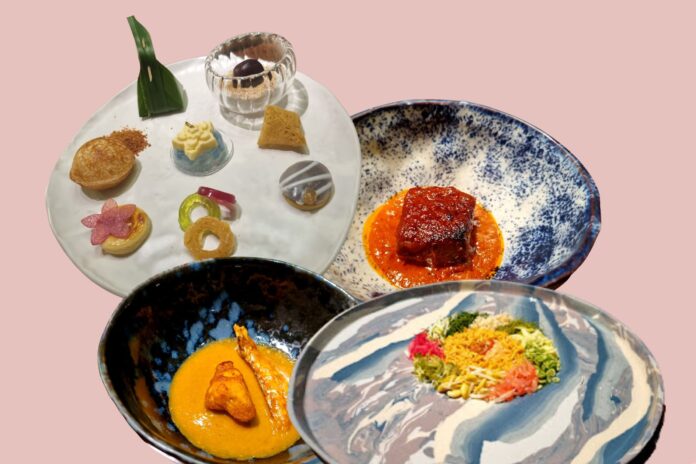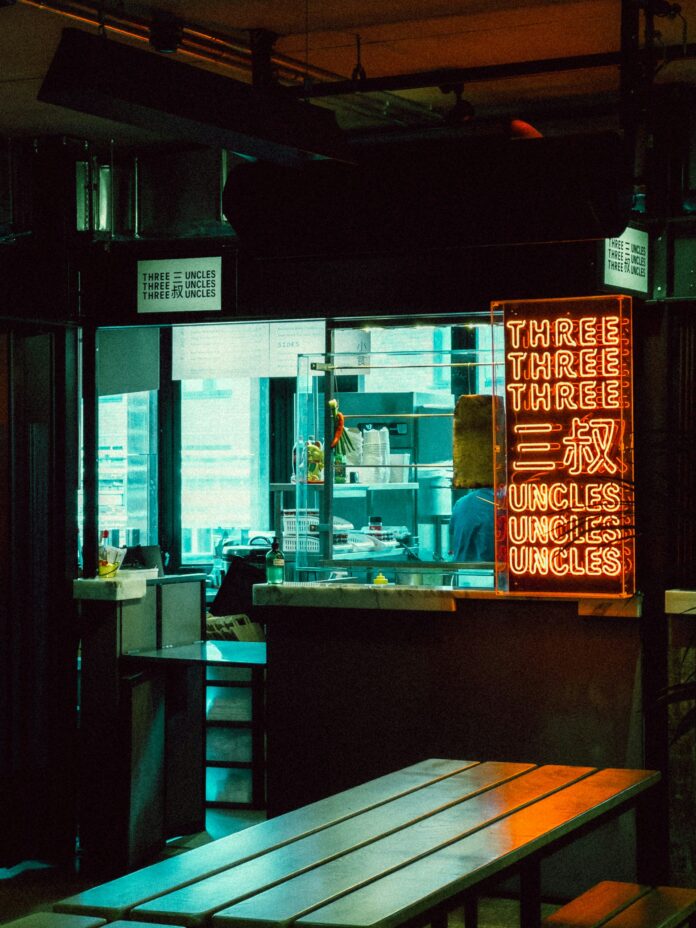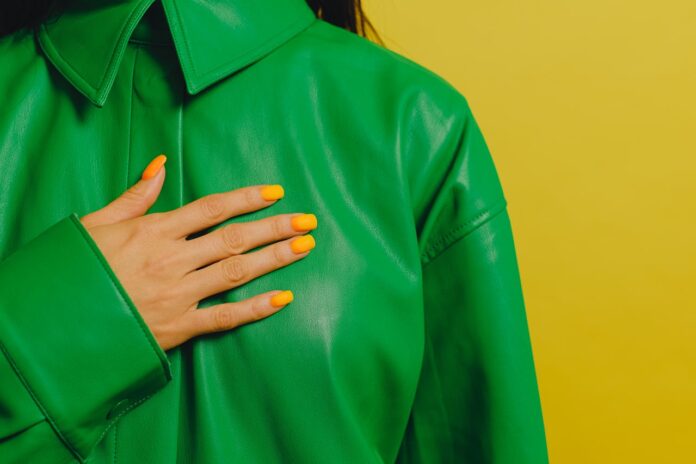Whether you’ve just moved into your first flat or you’ve simply shed the shackles of your usual interior designer and you’re keen to show off your creative side, interior designing can be pretty daunting for a novice. No wonder it’s such a handsomely paid, well-respected role.
There’s certainly more to an interior designer’s role than meets the eye. In fact, this isn’t only about aesthetics and what meets the eye; spaces also need to be functional, safe, purposeful and in keeping with the overall trends not only of the property, but also of the street and even of the country in which the premises reside.
Suitable for novices this ain’t. That said, there are certain small tweaks, adjustments and additions you can make to cultivate your own signature style and make your property a more pleasing place to live, both functionally and aesthetically. These are those; here are 5 beginner’s interior design tips.
Don’t Place All Of Your Furniture Flush Against The Walls
One of the most common mistakes a budding amateur interior designer can make when deciding the layout of the room is furniture placement. Usually, most of the furniture ends up getting placed right against the walls. However, this isn’t an aesthetically pleasing move, as it just makes the room lack a little personality.
Instead, give your furniture (and your property’s residents) some breathing space by placing some items away from the walls – even if it is just a few centimetres. This interior design style will make the furniture look like it’s floating – giving the room more personality and playfulness.
When thinking about positioning within a space, balance bears more significance than symmetry. For instance, natural elements are rarely symmetrical, but the right placement and balance of objects in our spaces can help us feel at ease.
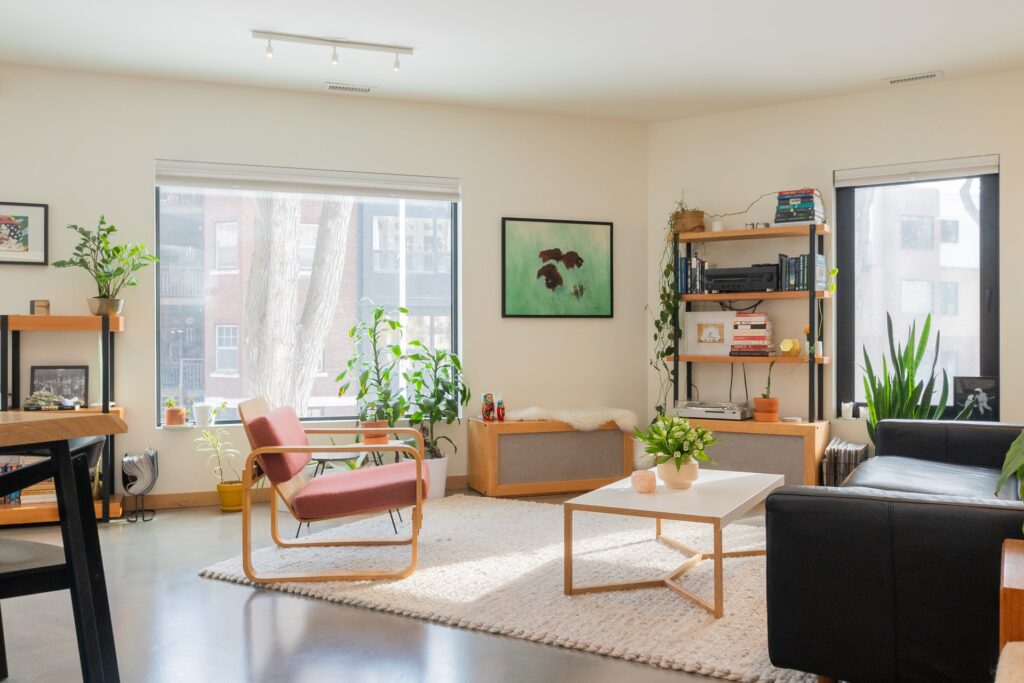
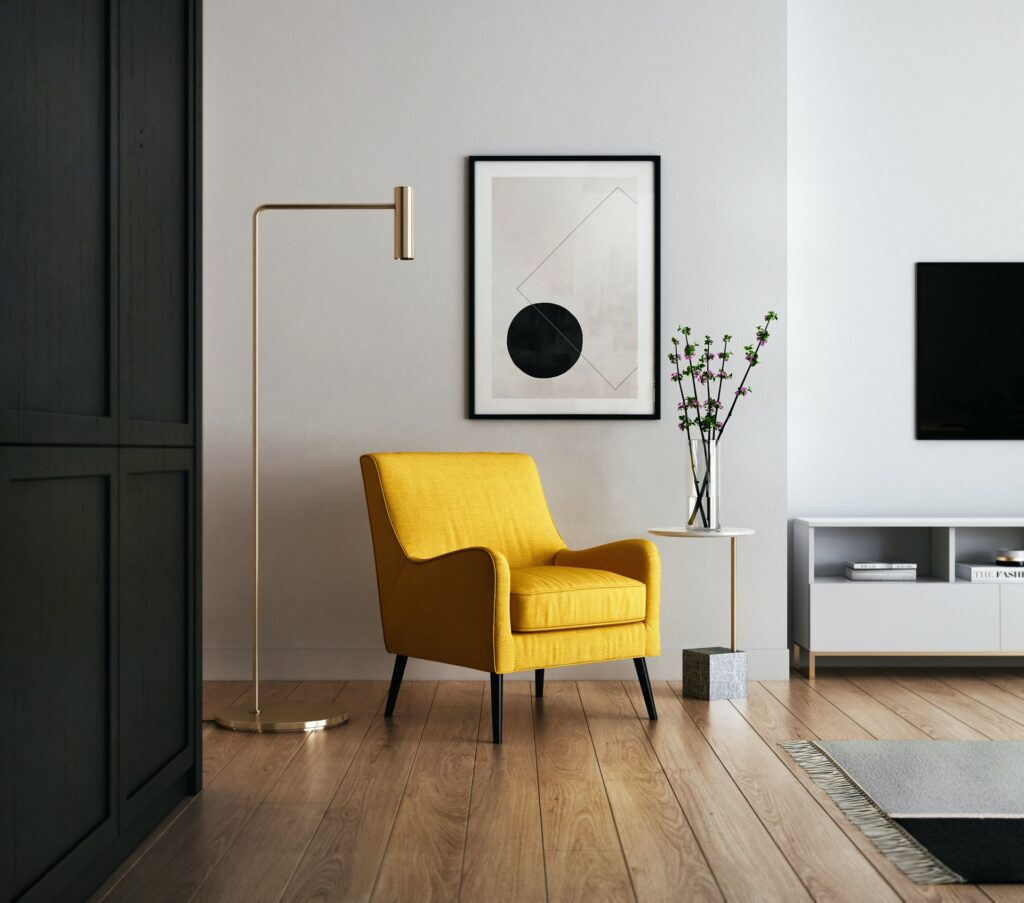
Place Your Furniture Around A Focal Point
By having a focal point in a room, you will have a feature that you’ll be able to plan your furnishings around. One common focal point is a wall mounted television, which draws residents and guests alike into position on sofas and chairs, gathered round for the latest game or news bulletin. If you’re keen to get advice on having your TV wall mounted by professionals, click here, by the way.
You don’t have to settle for something as pedestrian as a TV for your room’s number one focal point, though. If you’re feeling more daring in your design ambitions, consider a sculptural element as a more unique, sophisticated centrepiece.
You don’t want to place your sculpture slap bang in the middle of your living room, however. Think about where guests will most likely place themselves.
Try balancing the visual weight when deciding on the layout of your room and the positioning of your sculpture – you don’t want one part of the room to look busy and one to have way too much free space.
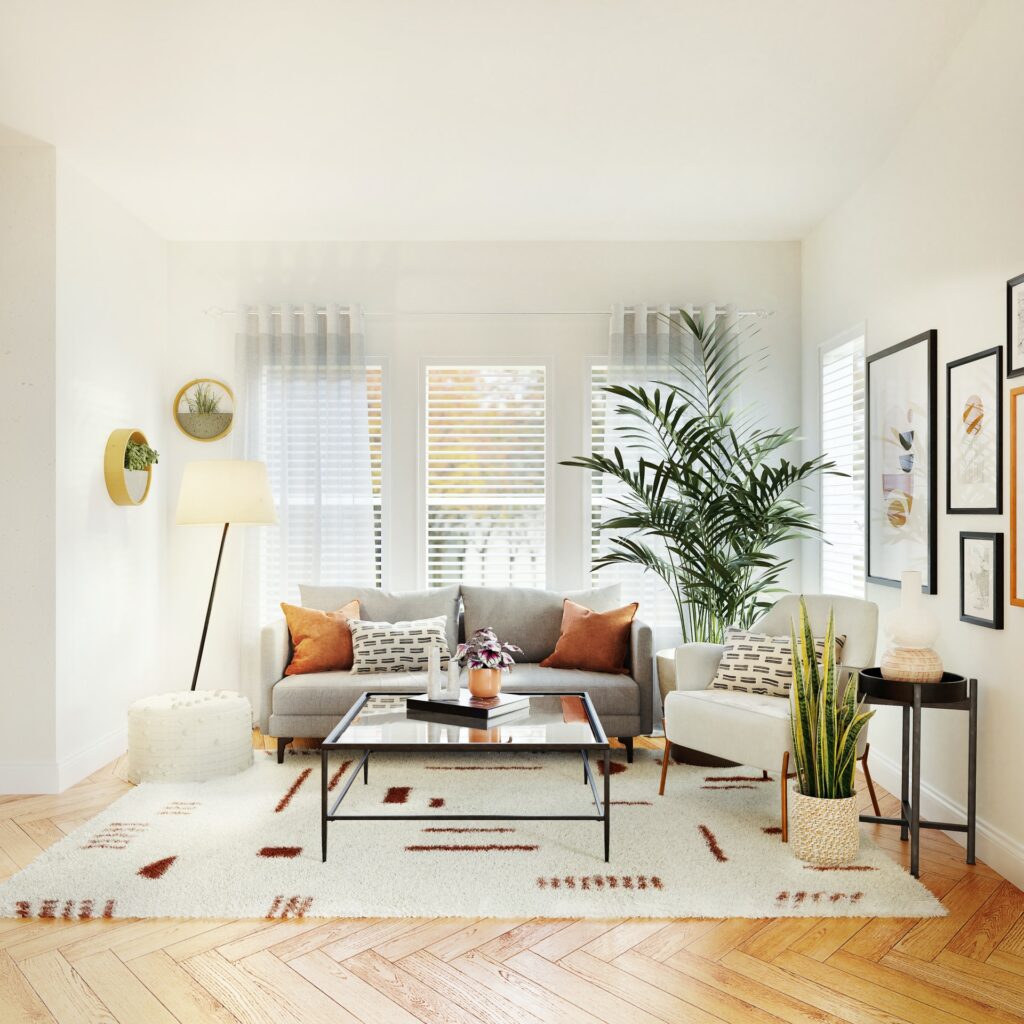
Don’t Choose The Colour Of The Walls First
One of the most important elements of interior design style after the layout is planned is deciding on the colour of your house. If you choose to hire an expert interior decorator, they will usually caution against picking the colour of the walls first. Instead, you should start looking for furniture and other décor items that you like, then use the walls as an opportunity to pull the whole room together and create a visual ‘theme’ through colour.
Often you’ll find the furniture and décor that you like before you settle on a colour. Once you have the furnishings, you can choose a colour that creates a rhythm with them through texture, hues and fabrics or wallpapers.
Read: How to make your home look more expensive
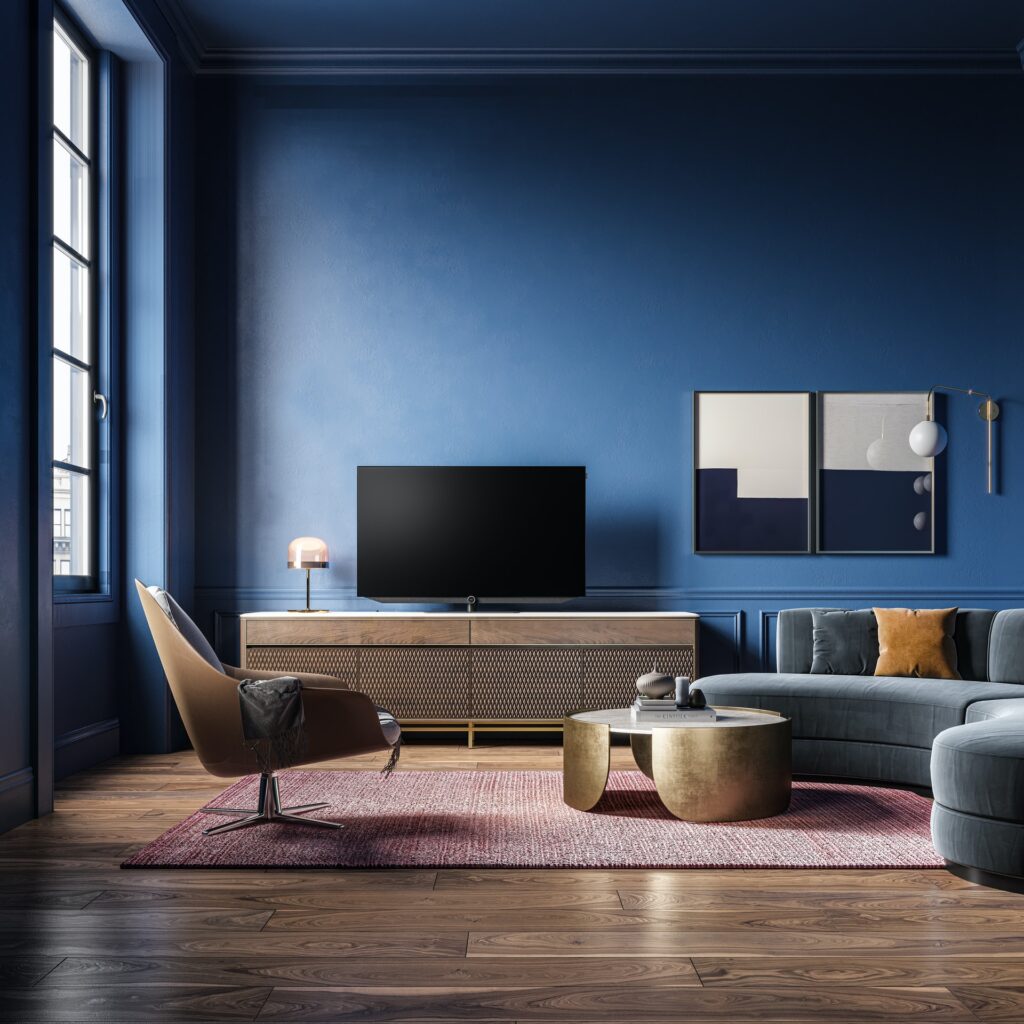
Beware Colour Overload
Try not to add too many colours around the house – rooms that are rendered in wildly different shades might seem like a good idea, but it will likely make the effect as a whole feel disconnected.
Rather, it is better to stick to a maximum of three or four main colours throughout the home, and then use one colour to connect them all, which would ideally make an appearance in each room.
This synergetic element needn’t be anything super pronounced; instead, you could simply use a pillow, picture frame, flower pot, or item of crockery to weave the narrative thread of colour throughout your property.
For small spaces that don’t play a functional role around your home – like under the staircase, for instance – you can use dramatic colours to make an impact. This will make the entire place seem bigger and brighter as the small spaces will feel essential and aesthetically pleasing.
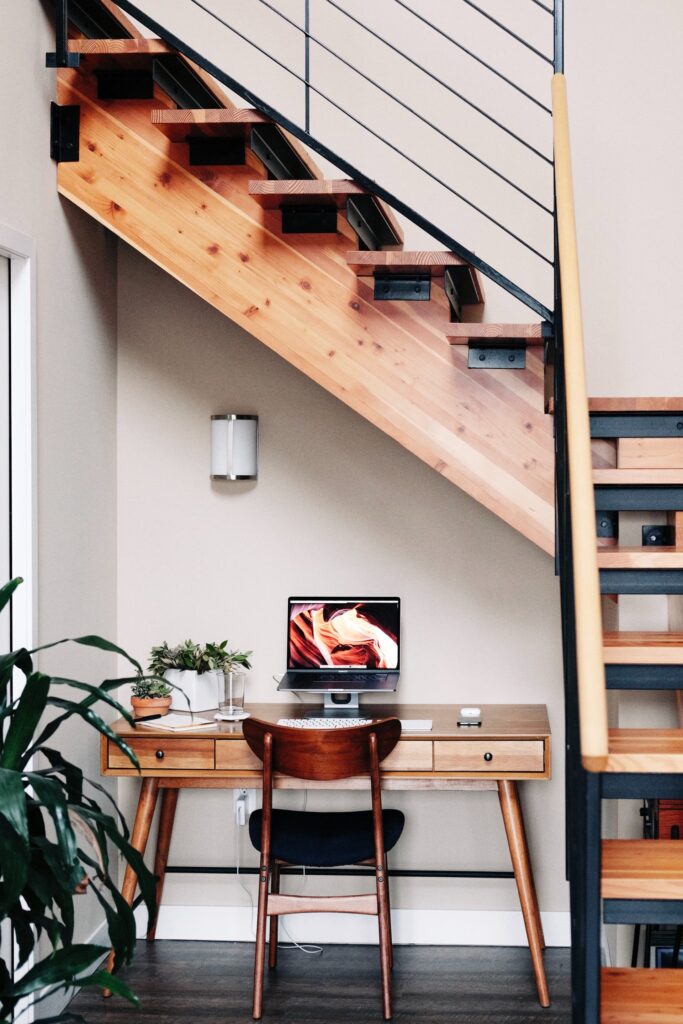
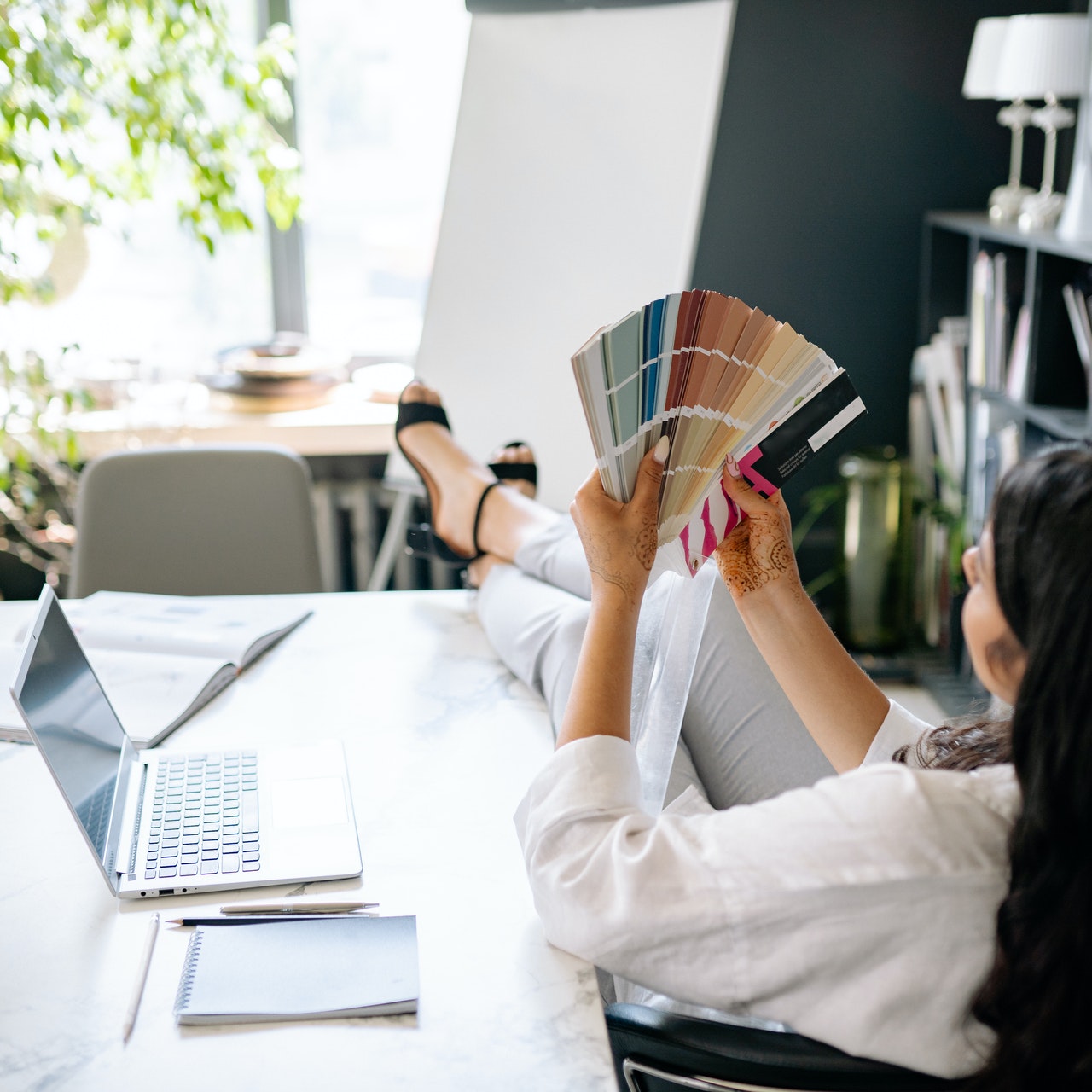
Sustainability Is Everything In 2022
We’re all aware by now of the importance of environmental responsibility when it comes to interior design. Indeed, we’d all love to tred a little lighter and leave no trace during our short time on this earth.
Sustainable interior design is all about creating beautiful interiors, but with a focus on people and the planet. Because if the world keeps burning up, there won’t be anywhere hospitable to dwell anyway, right?
For more on that, here are 5 tips for sustainable interior design. Do check them out.


